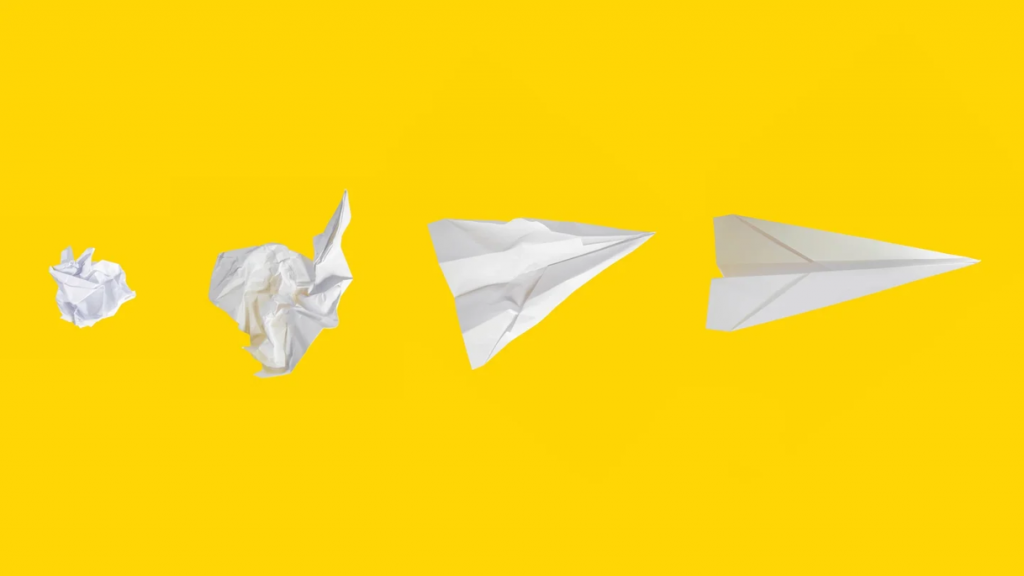Paper planes are not just toys for children anymore.
A group of engineers from the Swiss Federal Institute of Technology Lausanne (EPFL) in Switzerland have designed a robotic arm that can fly and analyze paper planes to study aerodynamic behaviors. This study could be applied to real-world airplane designs.
The robot arm constructs simple paper planes, flies them, and records data based on their performance without human interference. The robot arm flew and analyzed 500 paper planes to observe the flight behavior’s true probabilistic and stochastic nature. Each flight’s 2D trajectory was recorded through a camera. After observing all 500 flights, the researchers found that their trajectories could be divided into three behavioral groups: nose dive, glide, and recovery glide.
The researchers noted that airplane flight trajectory behaviors are complex, where the mapping between the geometry and behavior is unintuitive, probabilistic in nature, and cannot be solved analytically. This means that even if the paper was folded the same way each time, it’s not guaranteed to fly the same distance and follow a similar trajectory.
The robotic setup used in this study allows for large-scale experiments to enable design optimization. By testing and evaluating many airplanes, the design space can be characterized and explored, which can be used to accelerate real-world robotic optimization of a design – to identify wing shapes that fly a given distance.
The results of this study have shown that paper planes can be used to study complex aerodynamic behaviors that can be applied to real-world airplane designs. In addition, this study has shown how developing models can be used to accelerate real-world robotic optimization of a structure. It could lead to identifying wing shapes that fly a given distance, which could eventually be applied to real-world airplane designs.

